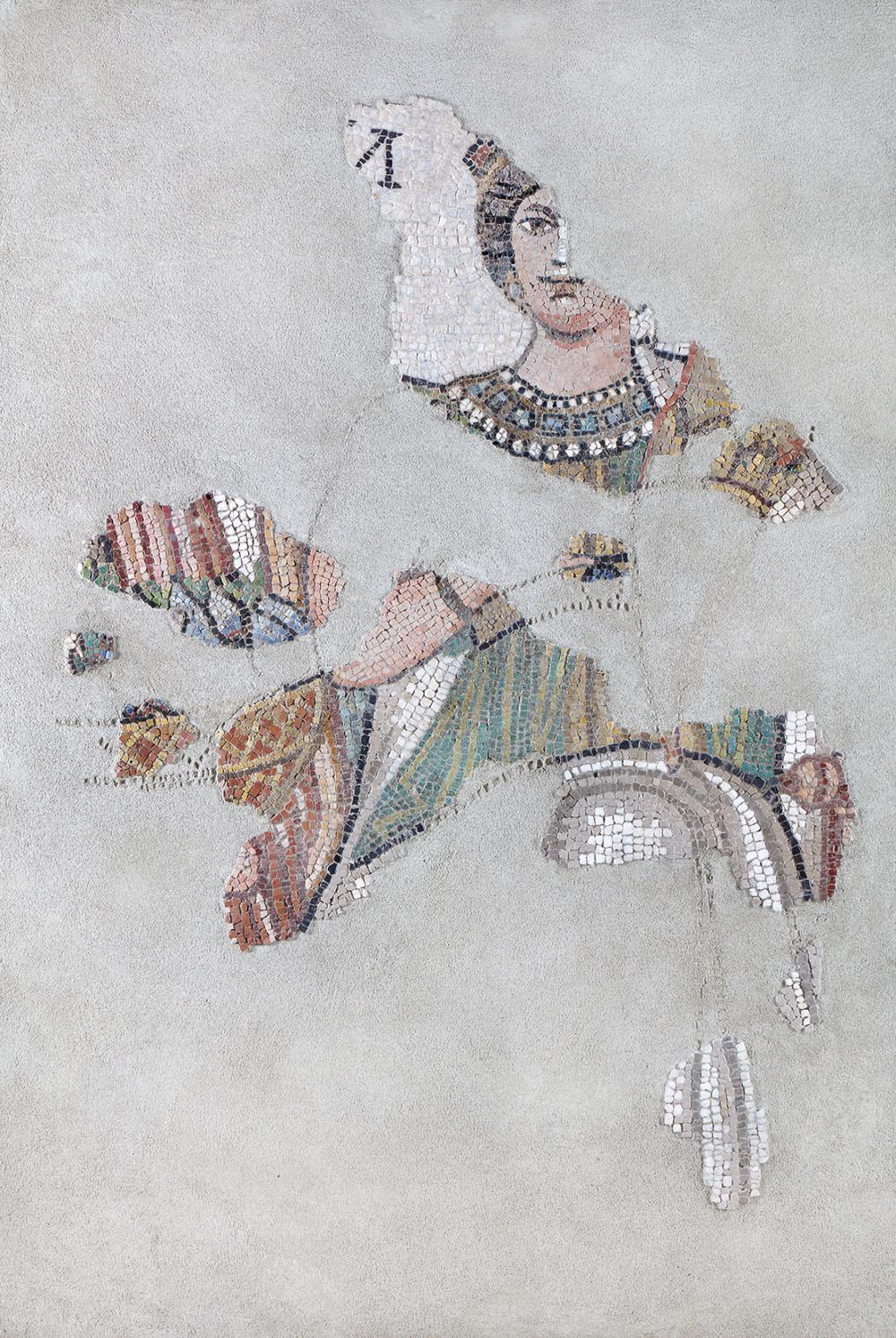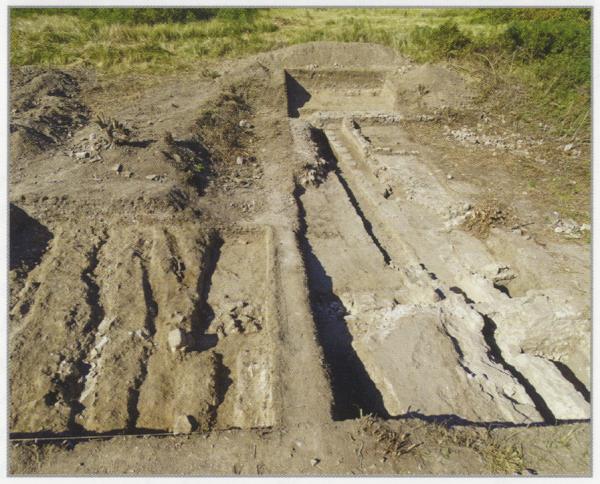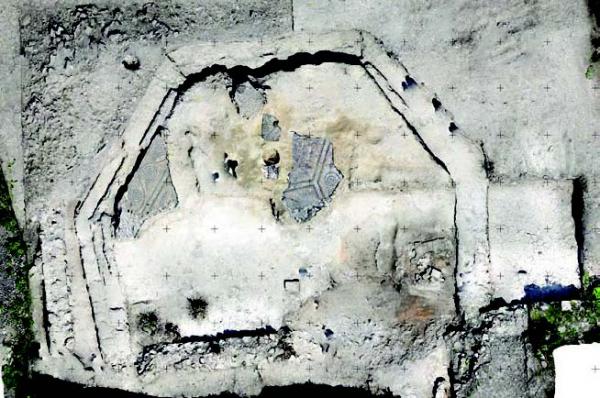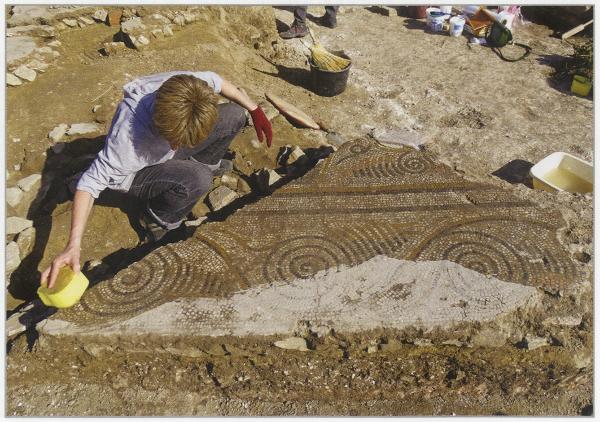A late Roman luxury villa in Nagyharsány
Experts of the Hungarian National Museum and students of archaeology from several Hungarian universities have been working on the exploration of a late Roman luxury villa near Nagyharsány since 2016.
The complete absence of late Roman villas in Pannonia representing the imperial level of luxury was raised as a counter-argument concerning the discovery of the Seuso treasure in Hungary. It led to the conclusion that the social stratum which could own such a silver set cannot have lived in Pannonia, therefore the Seuso treasure cannot originate from here. The Nagyharsány villa negates this opinion, since objects of art of a quality and themes corresponding to the Seuso silver vessels and “speaking in an identical language” have been found in the villa. All this verifies that an educated and wealthy imperial elite was present in Pannonia and had silver vessels of comparable quality to the Seuso treasure. It understood the literary and visual culture based on the elite’s classical erudition and spoke in its sophisticated language.
During the excavation we found a banquet hall of 180 m2 whose high artistic standard of the mosaic floor of stone and glass tesserae depicted Greek mythological stories, as well as scenes of hunting and animal fights. Its focal scene presents city goddesses who, sitting next to each other, guaranteed the fortune, wealth and abundance of the Roman Empire, as well as those of the family who owned the villa. The mosaics in the apse comprised panels covered with tendrils recalling Dionysus. Adjacent to the banquet hall a reception hall similarly decorated with mosaics was built where several hundred pieces of a broken luxury glass set were discovered. The glasses and goblets of the wine set were already made mostly of glass and the evening lighting of the banquet hall was provided by glass lamps. They included glass cage cups, while others were decorated with gold foil. There were three dichroic glass items, which changed their colour and translucency before the guests’ very eyes, depending on the circumstances in which they were used and what they were filled with.



It must have been Valerius Dalmatius who owned the high-status villa in Nagyharsány and was patron of its mosaics. He was a characteristic representative of the landowning elite linked with the Empire’s power apparatus. His name and career were preserved by a bronze plaque discovered in Beremend near Nagyharsány. The inscription in verse on the plaque tells us that Dalmatius was the governor of the late Roman Gallia Lugdunensis Tertia province situated in the territory of today’s Brittany, France, and thus he belonged to the senatorial order. After his time in office had expired, the provincial council elected him patron of the province and honoured him with a bust, which was erected in his distant homeland of Pannonia. The bronze plaque on the base of this bust proclaimed to the guests of the villa in Nagyharsány the virtues of the former governor in Gaul, who was held in high esteem.
By Zsolt Mráv




